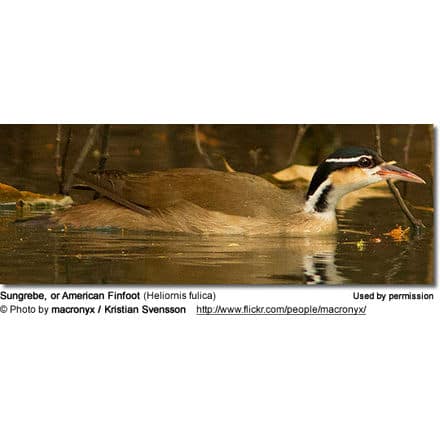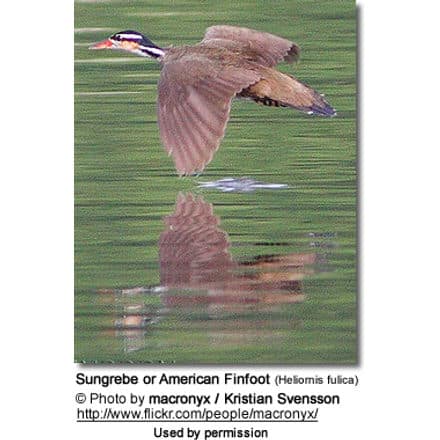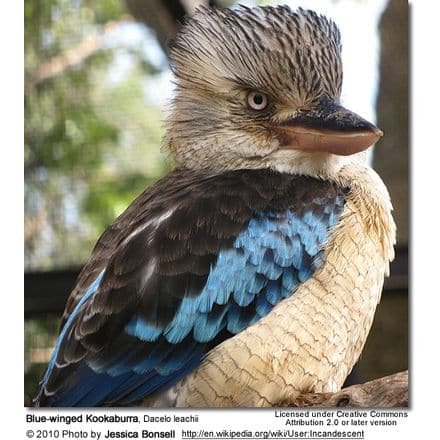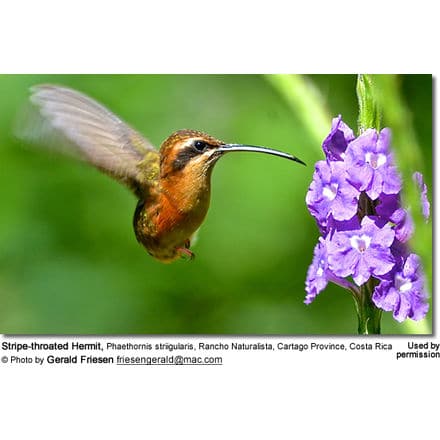Sungrebes or American Finfoots (Heliornis fulica)
The Sungrebe, or American Finfoot (Heliornis fulica), inhabit tropical Central and South America.
The Finfoot is an aquatic bird which can be found near the rivers and lakes.
Alternate (Global) Names
Chinese: ?? … Czech: Chrástalec lyskonohý, ch?ástalec maly … Danish: Amerikansk Svømmerikse … Dutch: Kleine Fuutkoet … Estonian: Ameerika redulind … Finnish: Amerikanuikkukana … French: Grébifoulque d’Amérique, Grébifoulque de Cayenne, Picpare … German: Zwergbinsenralle … Guarani: Ypeky … Italian: Svasso del sole, Svasso folaga americano … Japanese: amerikahireashi, ???????? … Norwegian: Amerikasvømmerikse, Dvergsvømmerikse … Polish: perkolyska amerykanska, perko?yska ameryka?ska … Portuguese: ananai, dom-dom, Ipequi, marrequinha-do-igapó, marrequinho, mergulhão, patinha, patinho-d’água, patinho-de-igapó, pecapara, pequi, picaparra … Russian: ????? ???????????? ??????????, ???????????????? ?????????? … Slovak: chriaštelovec pestronohý, Chriaštel’ovec pestronohý … Spanish: Ave de Sol Americana, Avesol Americano, Colimbo-selvático Americano, Ipequí, Pájaro Cantil, Pájaro del sol patas lobuladas, Pájaro-cantil, Pato Cantil … Swedish: Amerikansk simrall
Distribution
Sungrebes or Finfoots occur naturally in southeastern Mexico (Veracruz) south through Central America and throughout most of northern South America (but remain mostly east of the Andes mountain range). They range as south as Bolivia and northeastern Argentina.
Finfoots are highly secretive, and because they are so reserved, Finfoots often go unseen. They are territorial most of the time and definitely during breeding season. Although they do not migrate, they do disperse in order to form new colonies in preferred habitats. Since they do not fly well, they stay near shady, calm waterways.
The Finfoot is generally viewed alone or in pairs. So secretive are they that even experienced ornithologists have difficulty locating them. This makes them a prized sighting for birders.

Description
The Sungrebe is a small slim-bodied water bird that is only half the size of the African Finfoot, measuring about 28–31 cm in length and weighing about 130 g.
The plumage is mainly brown / olive, with a long neck and blackish tail, and a long red bill. The crown and neck are strikingly patterned with black and white stripe, and the feet are black and yellow.
The male and female look alike, but can be distinguished by the color of their cheeks, which is white in the male and buff in the female.
The male possesses a most unusual trait: he has skin pouches under his wings in which he carries the altricial chicks, featherless and helpless, from the nest after they hatch. He will grip them so tightly that he can carry them even while flying.
Similar to the Rails, Finfoots have long necks, small heads, slender bodies, broad tails, and long, tapered, sharp, pointed bills. Their green, webbed, lobed feet allow them to be agile and graceful under water. Their puffy, webbed feet and lobed toes give them their name.
Diet and Feeding
The Finfoot feeds on underwater invertebrates, including both adults and larval mayflies, dragonflies, crustaceans, grasshoppers, crabs, frogs, snails, spiders, shrimps, millipedes, beetles, mollusks, fish, amphibians, and some leaves and seeds.
Finfoots are thought to be highly opportunistic; rather than diving for their food, they will forage on the water’s surface near the shore for their prey.
Unlike the Grebes, they do very well on land, feeding from overhanging vegetation.
Breeding / Nesting
Sungrebes are monogamous – forming close pair bonds with their mate. They typically breed after the rainy season ends.
The Sungrebe’s nest is constructed by both the male and the female, and they also share in the incubation responsibilities. Their nests are untidy bowls of sticks, twigs, and reeds that hang from vegetation or fallen trees suspended above the water.
Two to five eggs are laid and incubated for three weeks solely by the female.




